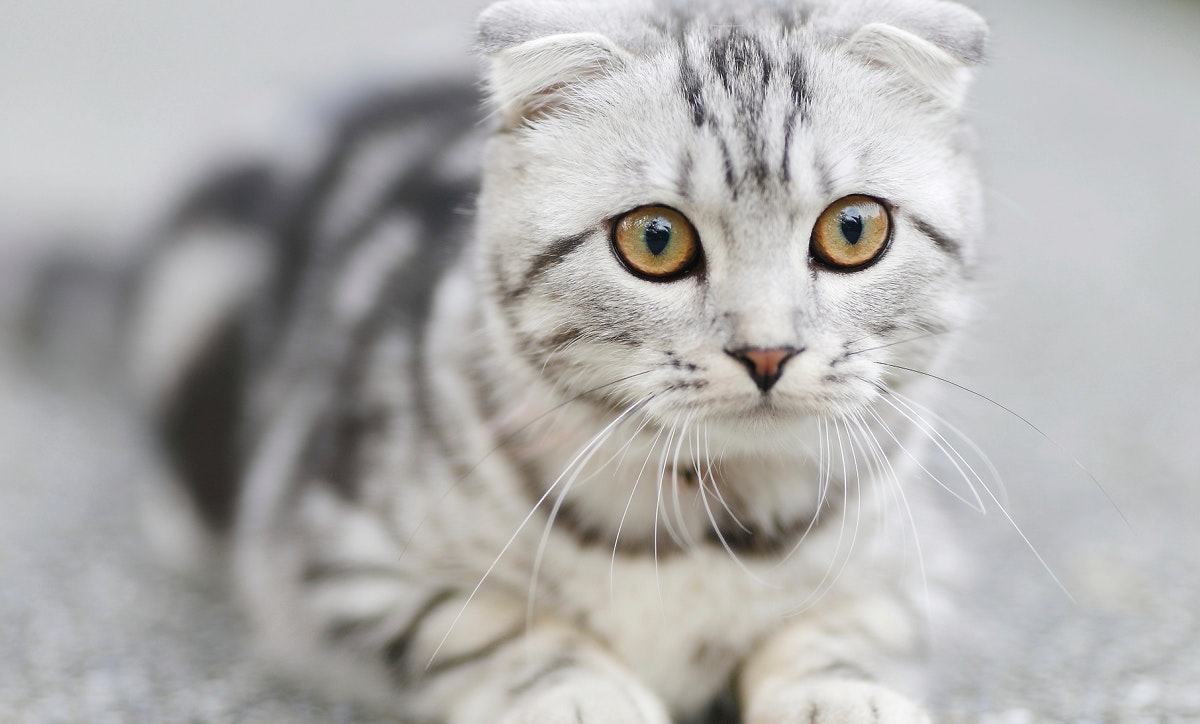Anxiety can be described in psychological terms as the anticipation of danger or any other form of a stressful situation.
Anxiety is a common problem that affects cats and other animals belonging to the feline family. Typical manifestations of anxiety in cats usually entail certain visible behavioural changes such as irregular bowel movements, irregular passing out of urine, excessive vocalization and the manifestation of destructive behaviour whereby the cat seems to destroy valuable household items such as glasses and vases in an almost deliberate fashion.
Anxiety in cats can result in stressful relations between the feline and the pet owner and it is therefore important to address some of the underlying causes of their psychological disorder.
One of the best approaches to addressing the issue of anxiety in cats is to understand the triggers informing such anxious behaviour. Once the pet owner understands such triggers, then they will be in a better position to make corrective changes that might address the situation.
One of the most common triggers of anxiety in cats is separation from the owner. Cats, just like other animals, do establish an emotional connection with their owners. Leaving the cat alone for an extended period of time might therefore be one of the triggers of anxiety. Cats that are affected by this form of anxiety always act out when the owner is about to leave the house. They might also destroy household items, urinate on the owner’s clothing or bedding items or even, adopt irregular bowel movement patterns.
In addition to separation from the owner, another common trigger of anxiety in cats is the introduction of a new household pet or family member. Cats, just like other feline creatures, are territorial in nature. The act of introducing another household pet such as another cat or a dog will make the cat feel threatened since it might as an invasion of their territory. The effect is more or less when it comes to introducing a new family member or housemate into the cat’s territory. One of the most typical manifestations of anxiety in such instances usually is aggressive behaviour that is particularly directed at the new pet or family member for that matter.
The third trigger of anxiety in cats is moving to a new residence. Cats usually establish an emotional connection with their physical environment and any activity that significantly interferes with the said physical environment might trigger anxiety on their part. It is normally advisable that even when you have to move to a new apartment, ensure that the cat is kept in a room that is more or less the same as it was accustomed to in the old apartment.
You can do this by having a separate room for the cat that contains all its play items, the furniture and even the wall painting can be tailored to resemble the conditions that existed in the old apartment.
All in all, it is important to remember that there might be other causes that might not necessarily be psychological that might trigger anxiety in cats. It is therefore important to consult a veterinarian, especially in situations where the anxious behaviour seems persistent even after you have tried various forms of intervention.
This article was written by our friends over at thecatdvm.com
